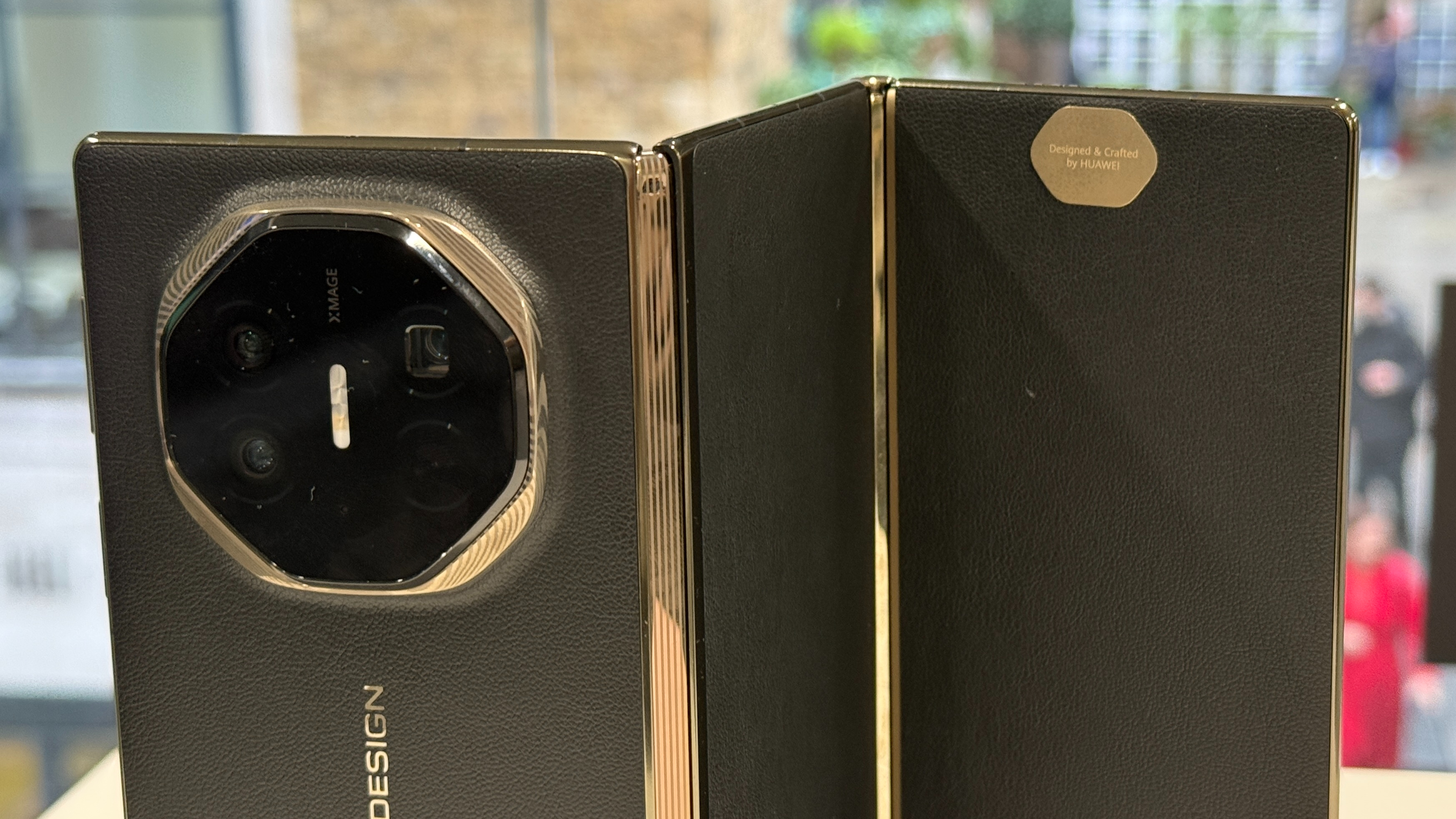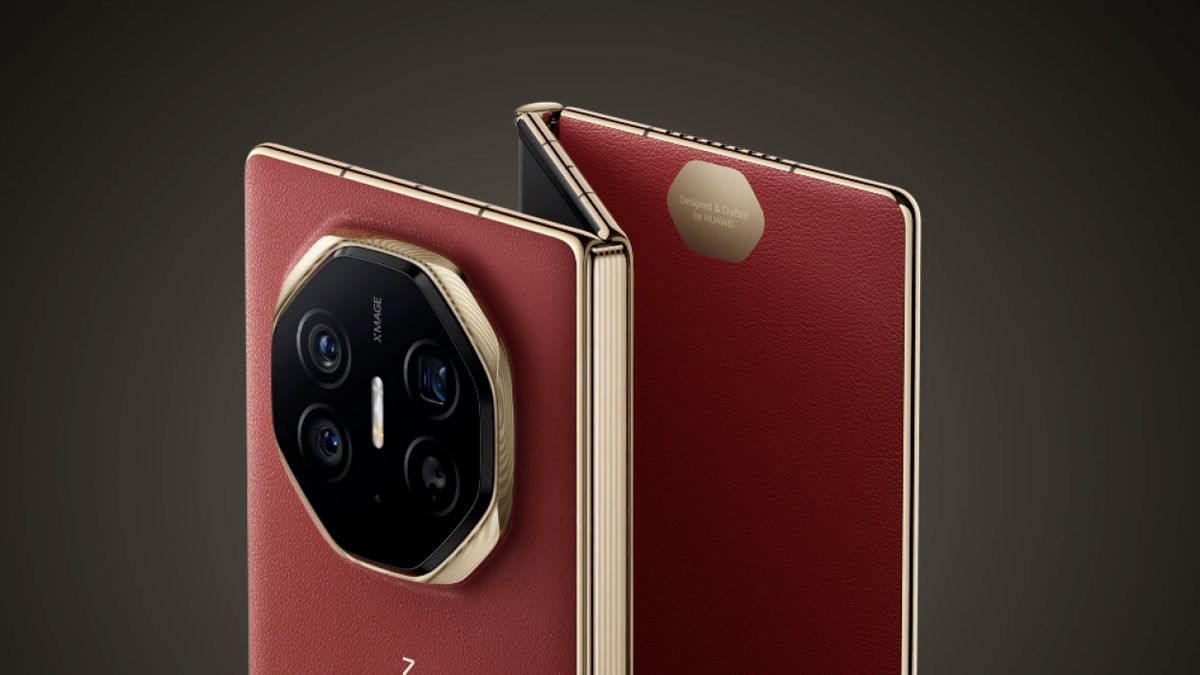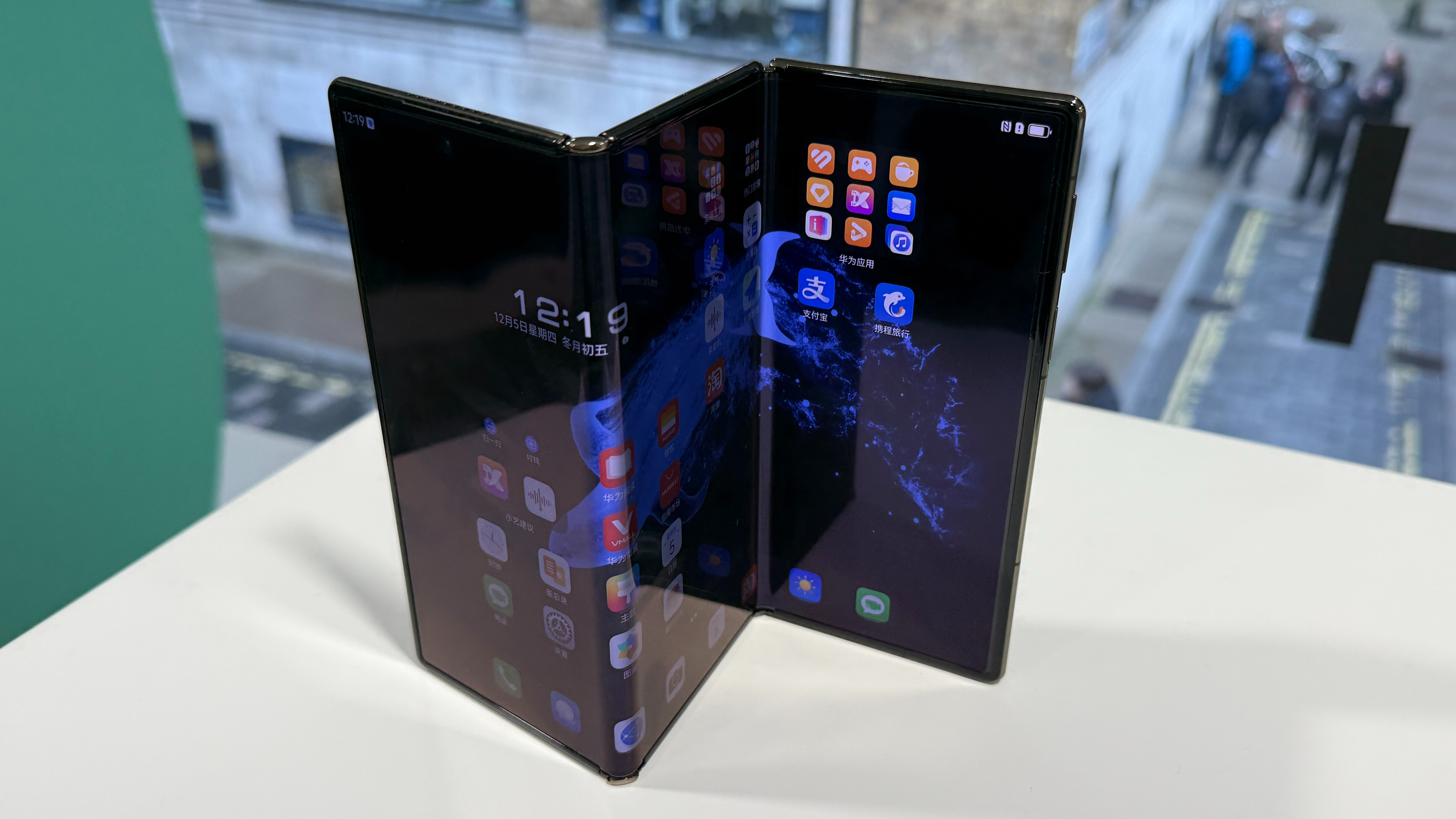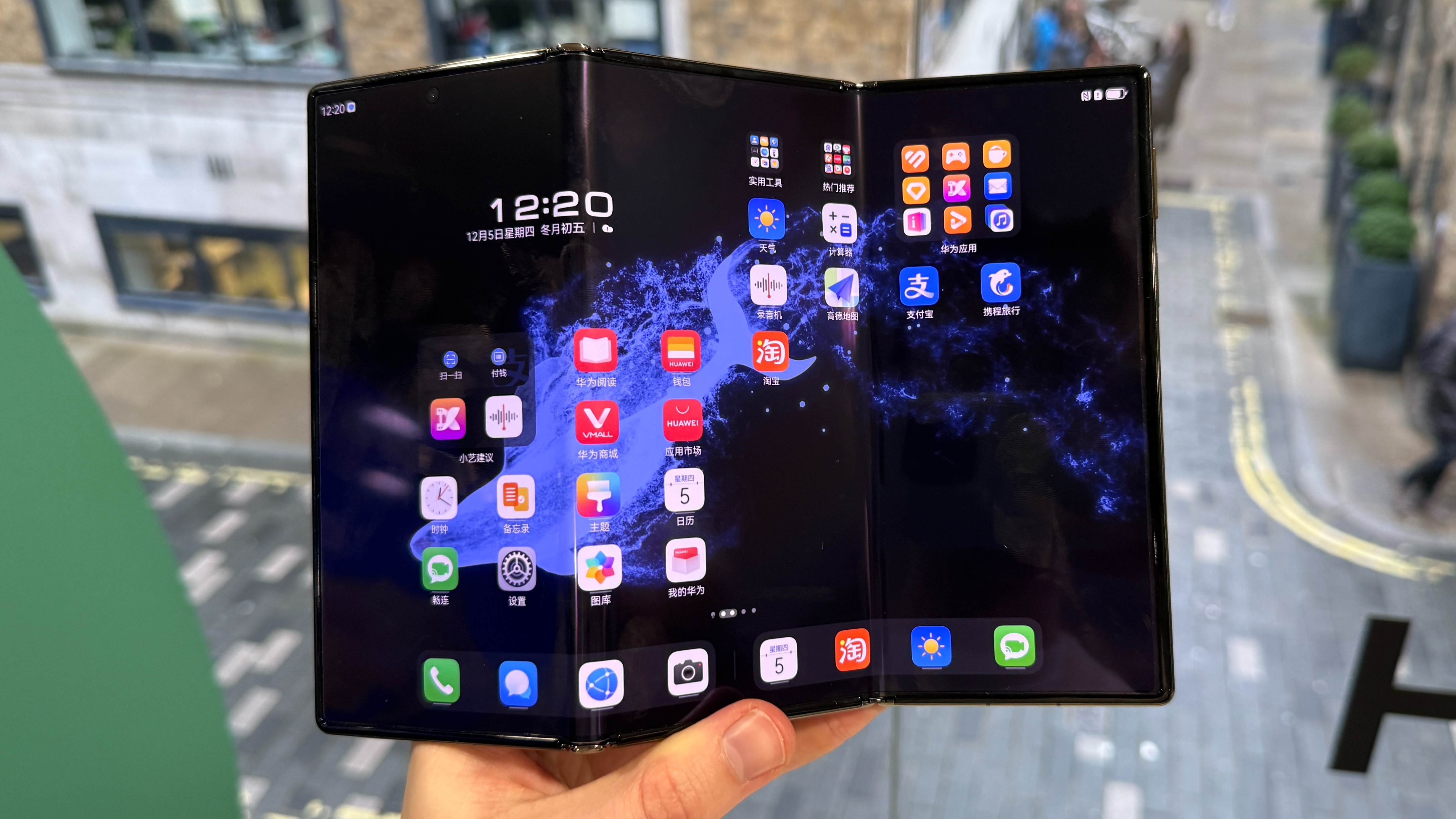When I first heard about the Huawei Mate XT in September 2024, I wasn't quite sure what to think of it. For a while, I had believed that larger foldable displays were the key to truly groundbreaking foldable devices, spurred on by my deep appreciation for the OnePlus Open, but it took me a moment to see one of them become a reality.
Looking back, I think I had something akin to first-generation jitters – think back to 2019 and the original Samsung Galaxy Fold, an unreliable and fragile device that caused as much doubt as it did excitement. It didn't help that the Mate XT was supposed to be, and still is, a China exclusive, giving me little chance of testing it for myself.
Fortunately, folding display technology has made great strides in the last five years or so – so much so that the Mate XT has become more of a technical marvel than a prototype. Axel Metz, Phones Editor at TechRadar, was recently lucky enough to get his hands on the Mate XT himself and found the phone to be “an extremely exciting device” – and although I only saw the phone in person thanks to the power of the internet , I am inclined to agree with my colleague.
As soon as the dust had settled around the Mate XT, the rumor mill came up with rumors about a successor – with the provisional name Huawei Mate XTs. We know little about this successor model, other than the suspicion that it's being worked on, but that tells us that the tri-fold Mate XT wasn't a one-off. By the time a successor enters production, tri-folding phones will have passed the event horizon of the “experimental” category, and Huawei can use it to continue putting pressure on other phone makers like Samsung and Google, albeit from a distance.
The current folding phone market has two form factors that, with a few exceptions, all folding phone manufacturers are suitable for their own devices. The cheaper of the two is the Flip Phone, a modernized revival of classic Y2K-style flip phones that typically aim for style rather than functionality. The second is booklet-style foldable devices like the Samsung Galaxy Z Fold 6 or the Google Pixel 9 Pro, which are much more focused on productivity.
Now, I'm a self-confessed fan of foldable phones, but as much as I loved using the powerful and stylish OnePlus Open, I realized that a foldable phone can rarely do something that a landline phone can't. I loved using the Open's 7.82-inch interior display to watch movies, scroll through articles, and play games, but I would never write articles, edit videos, or play anything deeper than Tetris on the large interior display. It just wasn't big enough to be practical.
What's more, half of the things we do every day with a phone happen so quickly that it's hardly worth opening the phone in the first place. By the end of my time with the Open, I was mostly using it folded up.
Be bold with the wrinkles

Maybe it's this middle-market mentality that's starting to hurt foldable phone sales. As we previously reported, there was a decline in the number of foldable display orders across the industry at the end of 2024, indicating lower production of foldable devices. Maybe tri-folds are just the thing for this niche area of the phone industry.
Fortunately, recent updates suggest that Huawei is not alone in its belief in the triple form factor. At CES 2025, Samsung Display introduced two new tri-folding phone displays, and while these are still proofs of concept at the time of writing, it's very encouraging to see physical evidence of Samsung's long-rumored explorations into the tri-fold space.
And according to a rumor from Korean news outlet Sisa Journal-E (via GSMArena), Samsung will produce a unique tri-folding device in the second half of 2025, with the inner screen not exposed when folded – albeit in a very short run 300,000 units.
Personally, I think tri-foldable phones have the potential to deliver on the productivity promise of foldable phones. A 10 or 11-inch screen, especially mounted vertically, is an ideal size for writing documents and has enough space for two, maybe three multitasking windows. In terms of screen real estate and performance, it's still outperformed by laptops, especially laptops with the same exorbitant price that the Mate XT sells for.
Whether or not the displays shown at CES turn into usable devices is up to Samsung, but given these latest rumors and demos, I'm confident that more tri-folding devices will appear in the coming years (I'll get there).


